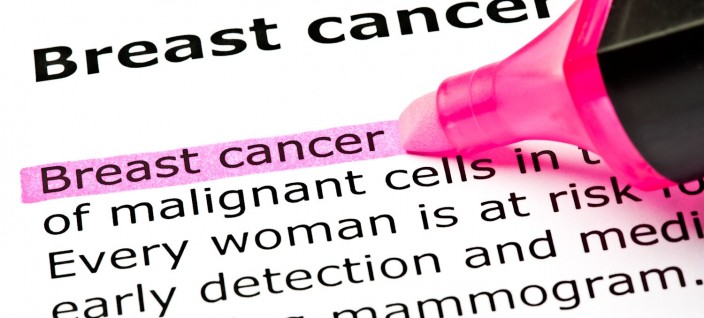Tamoxifen is a venerable drug that revolutionized breast cancer care when it was first introduced. More recently, it has been largely supplanted by aromatase inhibitors(AI), but tamoxifen is still useful in pre-menopausal women, in whom AIs do not work.
Tamoxifen has a variety of bothersome side effects, related mostly to forced early menopause. In the trials reviewed by Kennecke al, hot flushes were commonly reported (40% to 60%).In the MA 17 trial, even women who were on no hormonal treatment after 5 years of tamoxifen had a 54% incidence of low-grade hot flushes. A;so gynecological side effects (such as vaginal discharge or bleeding) are common with tamoxifen. Rates of vaginal bleeding of 10% and hysterectomy at 5% were noted. Gynecological side effects tend to decrease and were less apparent after 2 years of tamoxifen use, as tamoxifen-induced gynecological symptoms predominate in the initial years of therapy. Although low, there is a significant risk of thromboembolic events and small risk of uterine cancer, which is usually noticed in early stages because of the bleeding and successfully treated. here is small increase in the risk of cataracts. On the other hand, proestrogenic effects of tamoxifen decrease fracture rate and may stave off dementia and cardiac problems.
Much work has been done on this. Cuzick et al did a meta-analysis of the tamoxifen trials to examine both risks and benefits. Braithwaite et al conducted a meta-analysis of vascular and neoplastic events associated with tamoxifen use in 32 randomized controlled trials, which included the four tamoxifen risk reduction trials. In this meta-analysis, subanalyses were performed on the risk reduction trials alone. Bushnell and Goldstein conducted a meta-analysis on nine randomized trials, including the four tamoxifen risk reduction trials, to examine the association between ischemic strokes and tamoxifen use.
A variety of symptomatic approaches have been employed but none have been rigorously assessed(http://mydoctor.kaiserpermanente.org/ncal/Images/tamoxifen_tcm28-15153.pdf_). Pharmacologic treatments that are used for menopause symptoms management are also used for tamoxifen induced menopause.
H.F. Kennecke,New guidelines for treatment of early hormone-positive breast cancer with tamoxifen and aromatase inhibitors, BCMJ, Vol. 48, No. 3, April 2006, 121-126
Kala Visvanathanet al, American Society of Clinical Oncology Clinical Practice Guideline Update on the Use of Pharmacologic Interventions Including Tamoxifen, Raloxifene, and Aromatase Inhibition for Breast Cancer Risk Reduction, JCO July 1, 2009 vol. 27 no. 19 3235-3258
Cuzick Jet al,(2003) Overview of the main outcomes in breast-cancer prevention trials. Lancet 361:296–300.21.↵
Braithwaite RS at al, (2003) Meta-analysis of vascular and neoplastic events associated with tamoxifen. J Gen Intern Med 18:937–947
Bushnell CD wt al, (2004) Risk of ischemic stroke with tamoxifen treatment for breast cancer: A meta-analysis. Neurology 63:1230–1233.
For Lay version see here
Zoladex and tamoxifen for premanopausal women

